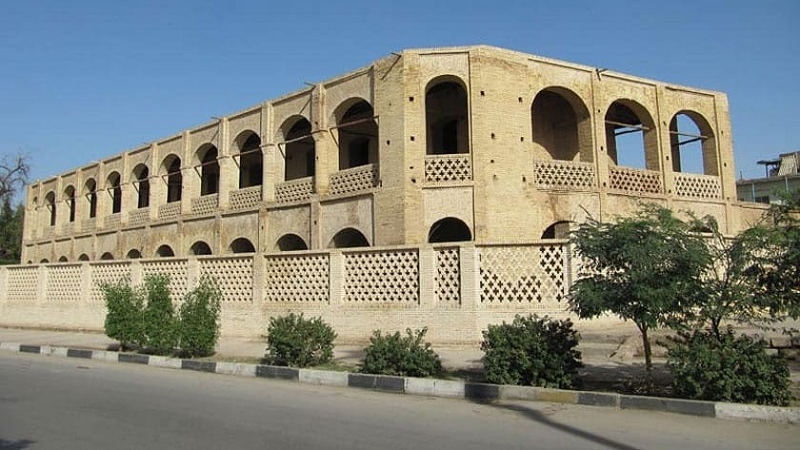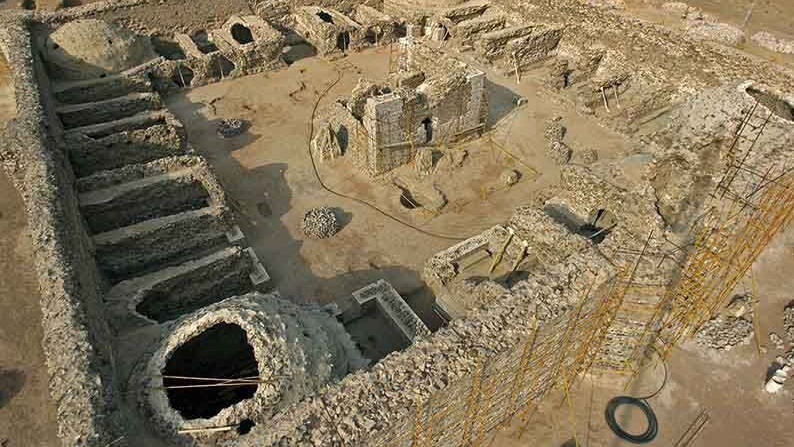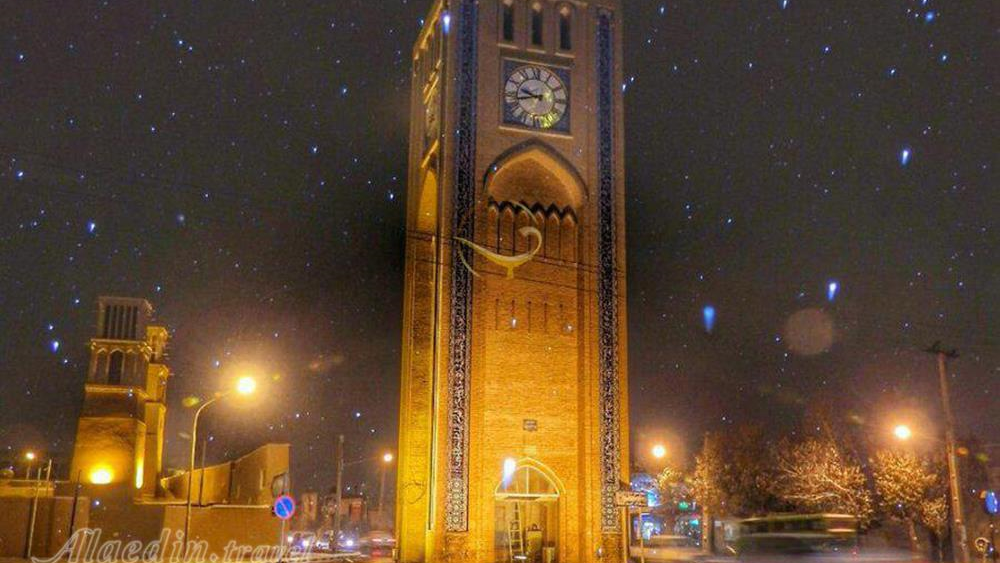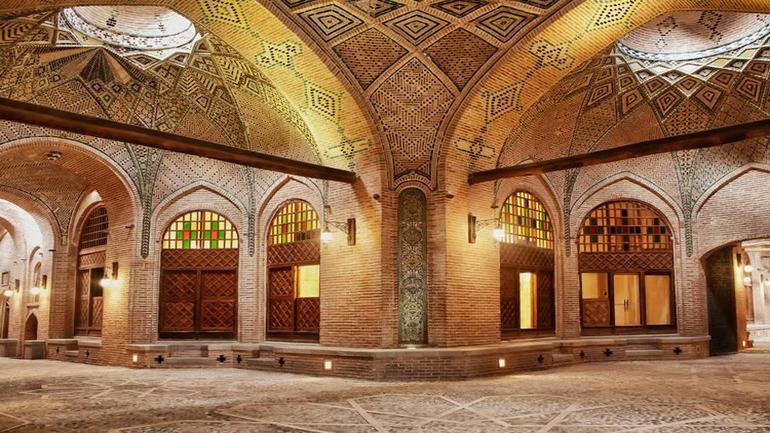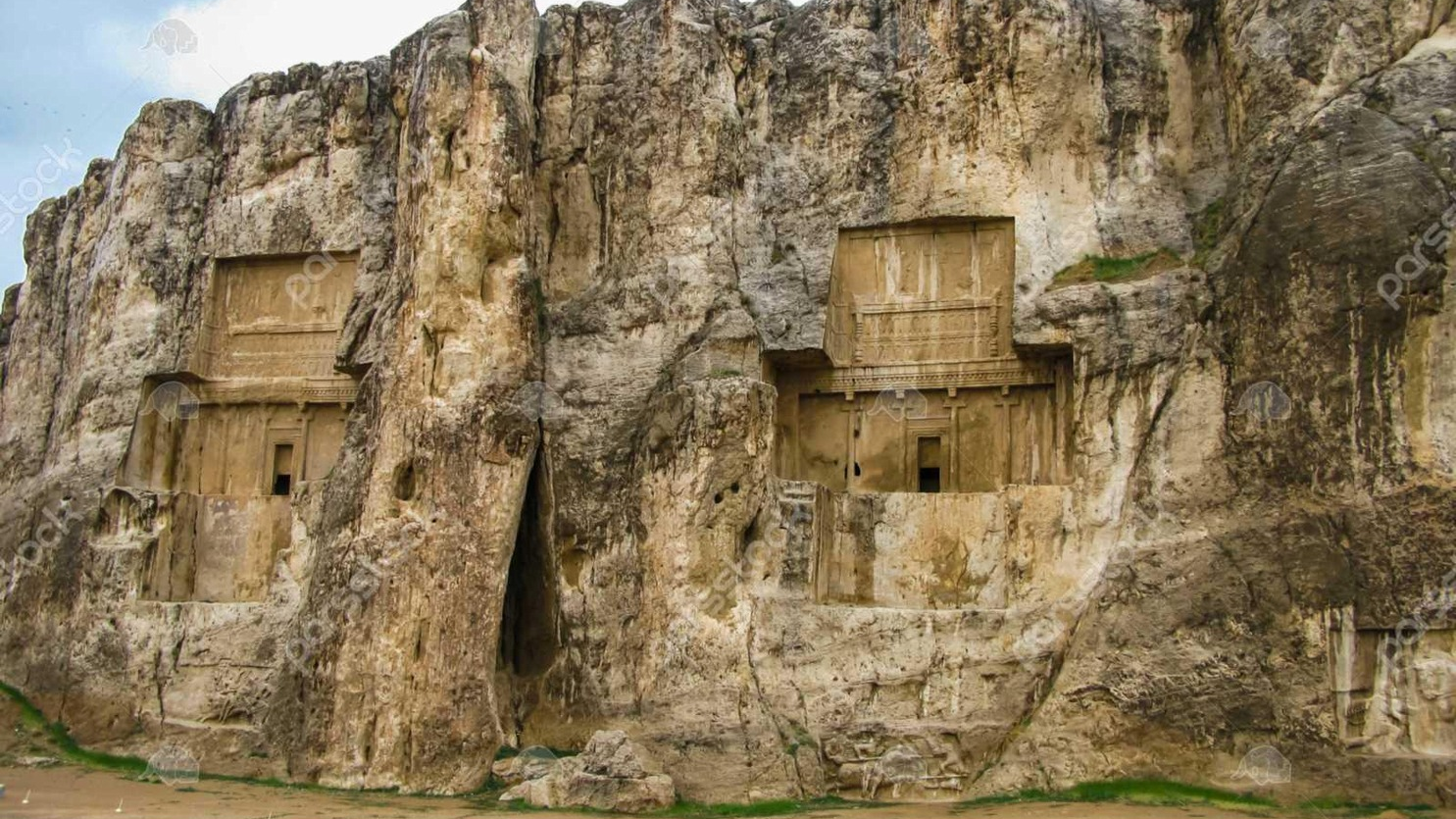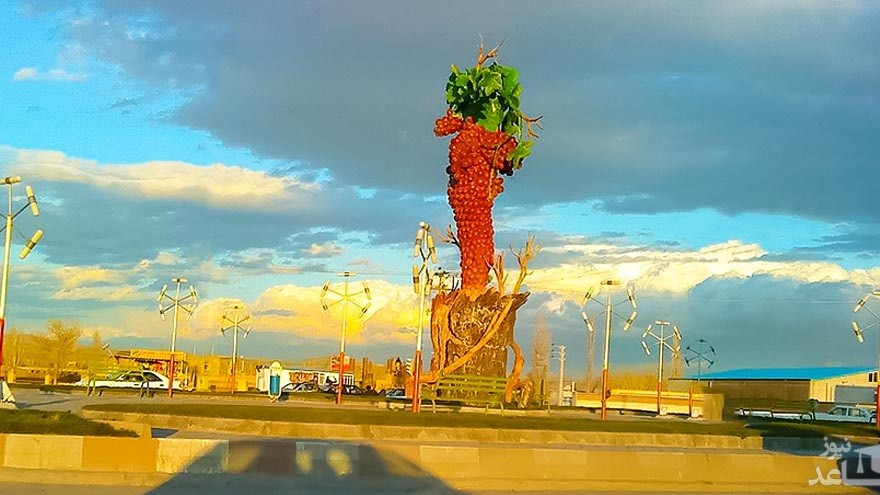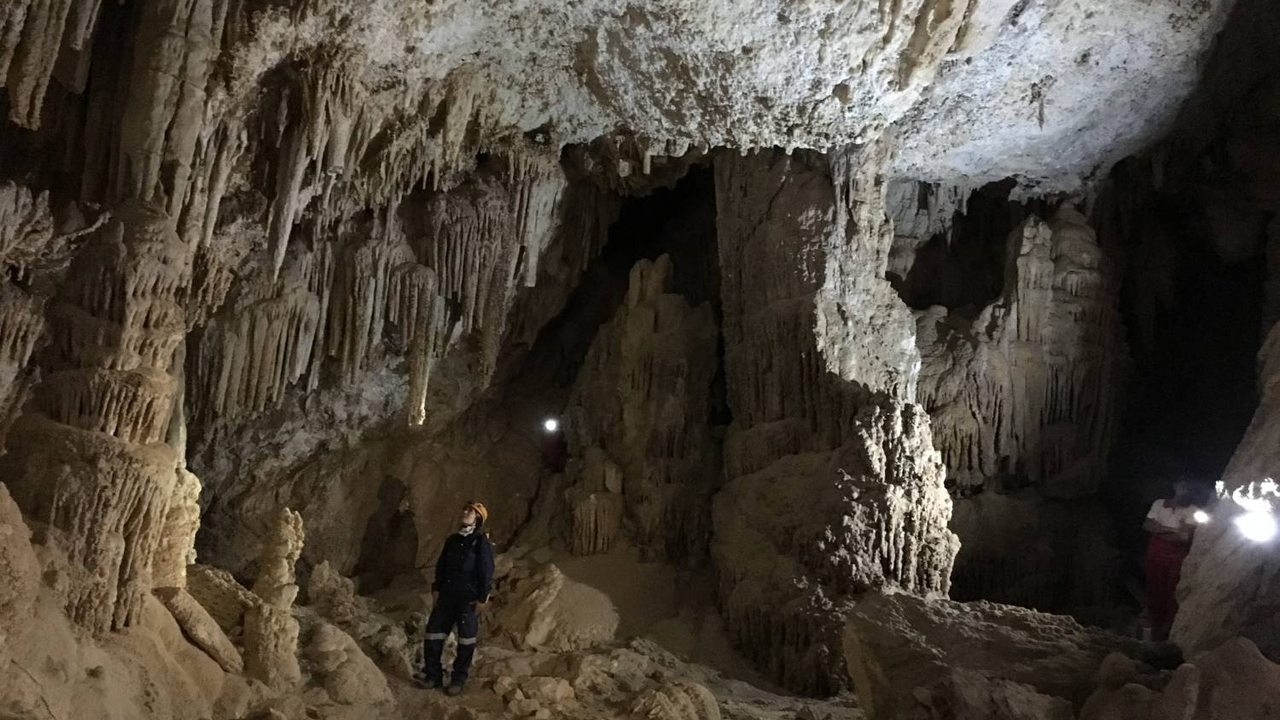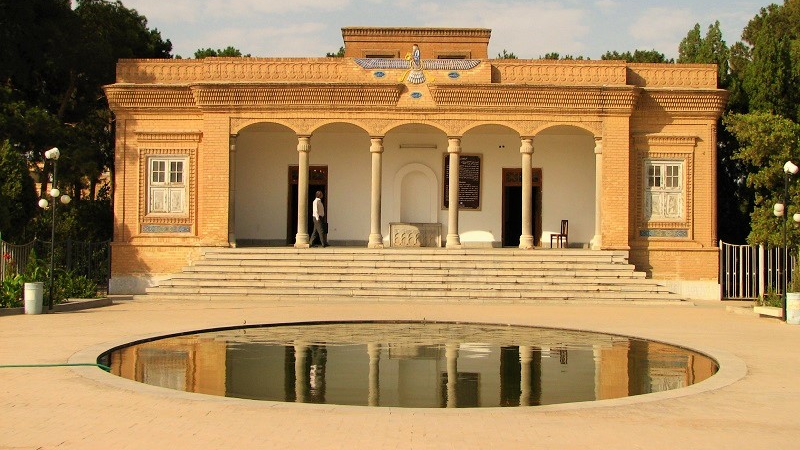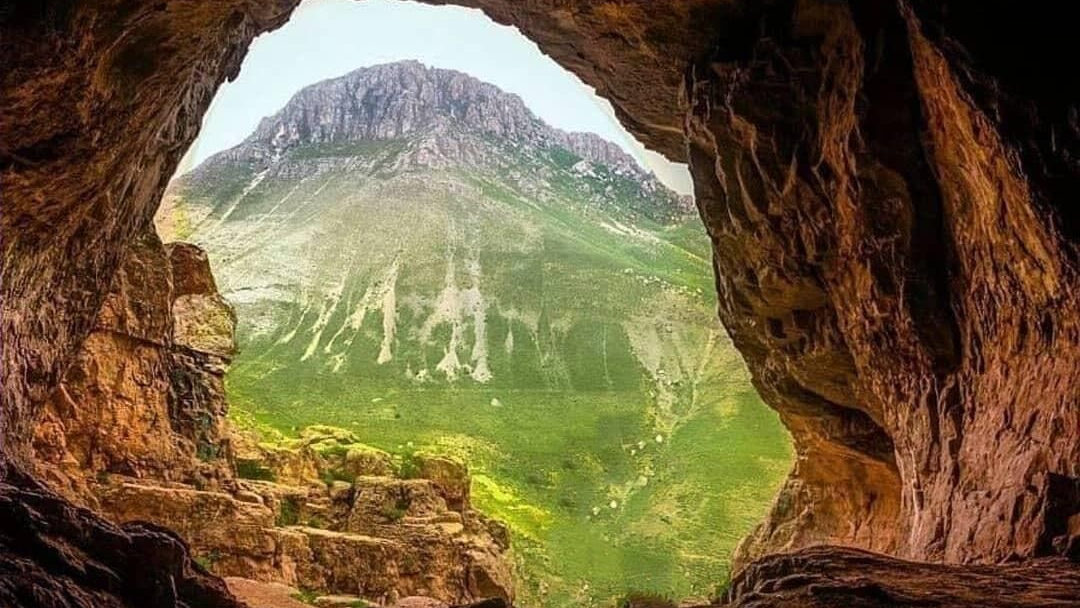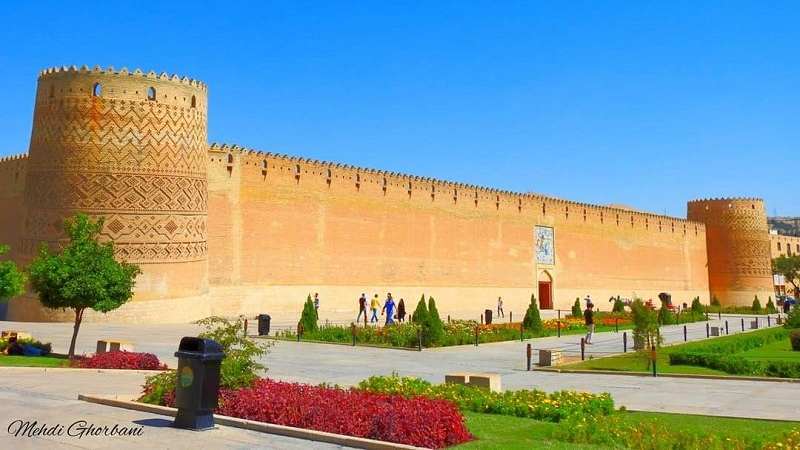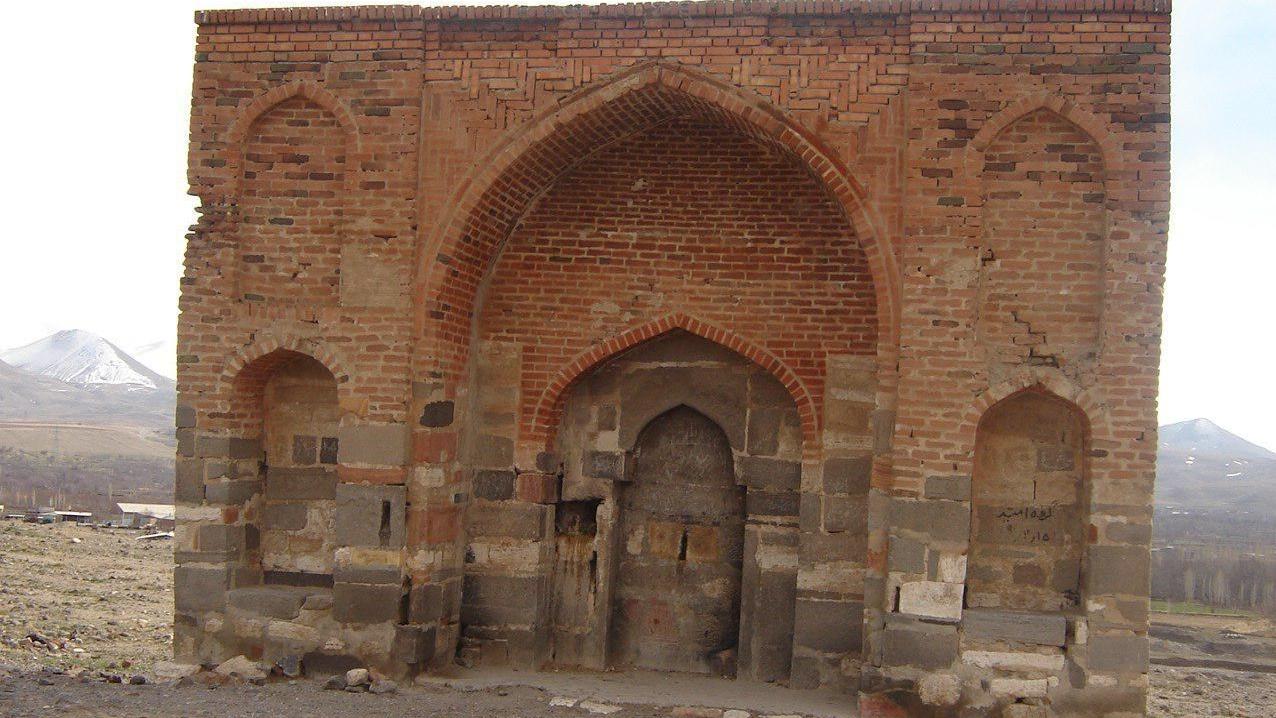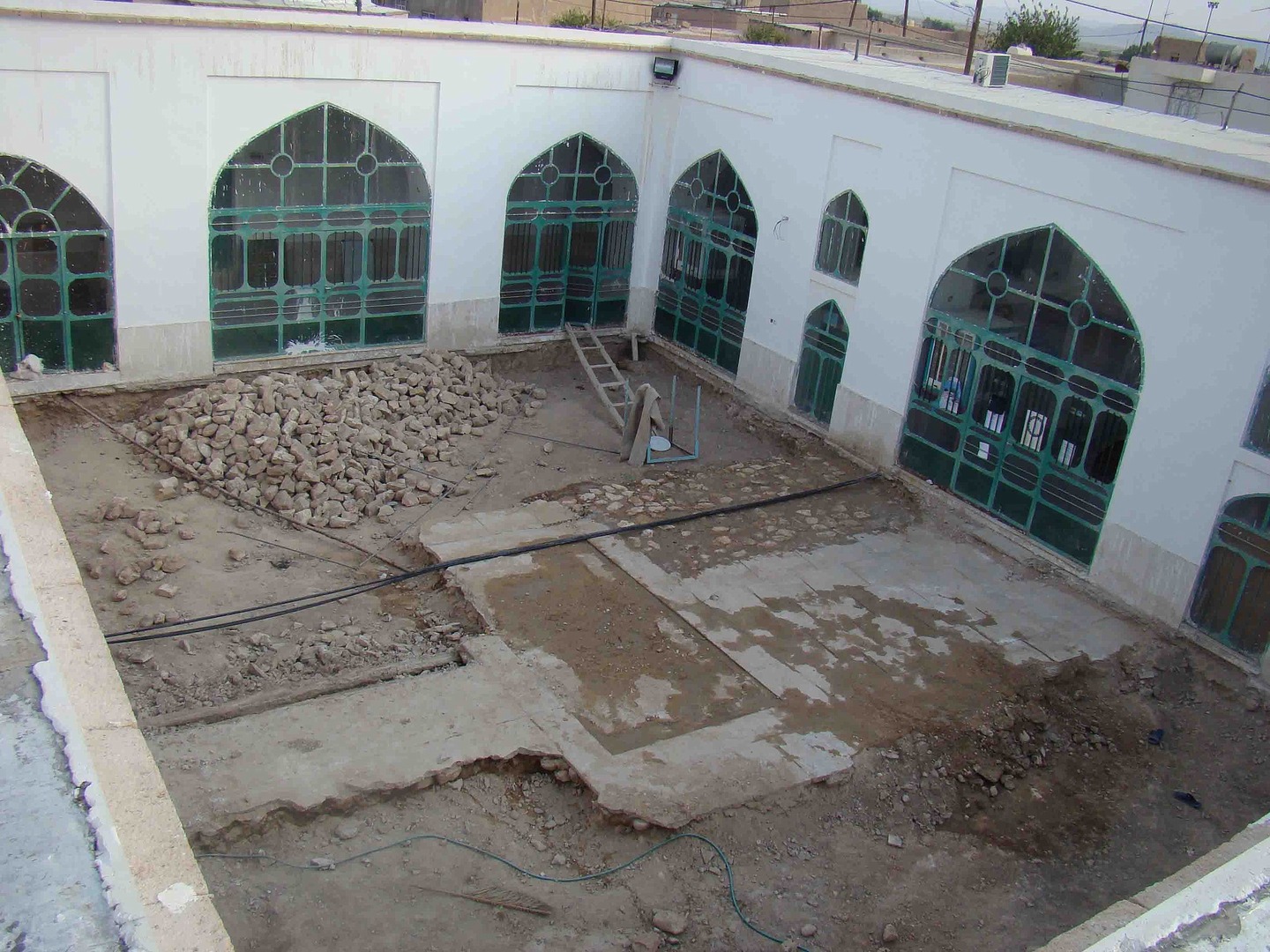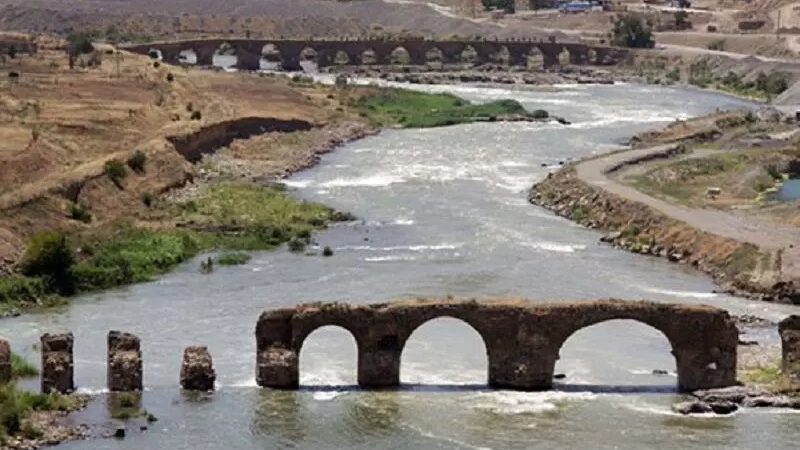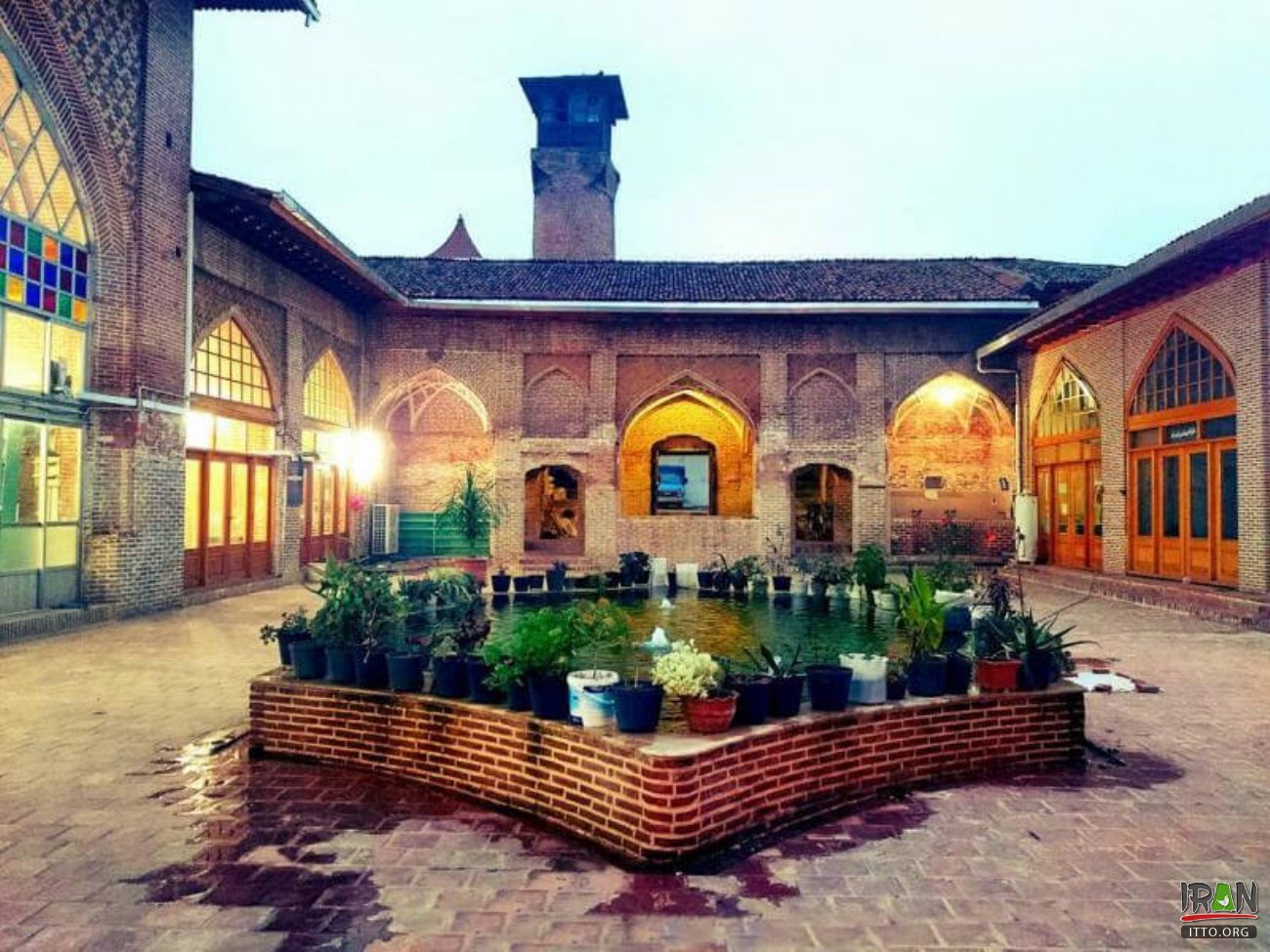
Shapour Cave, An Astounding Cave Housing the largest Statue of Ancient Iran
Shapour Cave
Located in the Chogan Valley of the Zagros Mountains near Kazerun, Shapour Cave lies approximately 6 kilometers from the ancient city of Bishapur. The cave’s most famous feature is the large statue of Shapour I, the second Sassanid king (reigned 240–270 AD), making it one of the most important tourist attractions in the region.
Features of Shapour Cave
Shapour Cave sits at an altitude of 800 meters. Its entrance measures 30 meters wide and 15 meters high, and the cave extends about 450 meters from the entrance to its end. The cave is named after Shapour I because of the impressive statue carved inside.
The seven-meter-tall statue, with shoulders about two meters wide, The statue is carved on one of the stalagmites of this limestone cave. A stalagmite is a column of mineral deposits formed over thousands of years by the dripping of mineral-rich water.
It was carved from a stalagmite around 1,700 years ago in the third century AD. It is the only statue of this size remaining from ancient Iran.
Who Was Shapour I?
Shapour I was one of Iran’s most powerful Sassanid kings, famous for defeating the Romans. In his final battle against Rome in 260 AD, he captured the Roman emperor and imprisoned him in Bishapur. The scene of the emperor’s surrender is depicted in Naqsh-e Rostam.
Other Sights in the Cave
The cave contains two stone inscriptions:
- An ancient inscription from the early Sassanid period, attributed to Shapour I.
- A modern inscription, explaining the restoration of the statue in 1957 AD, 14 centuries after it had been toppled following the advent of Islam in Iran.
Inside the cave are two small reservoirs dug into the rock, about one meter deep, accessible via steps. These were likely used by locals to collect water dripping from the cave ceiling. A small stream flows beside these reservoirs, surrounded by beautiful stalactites and stalagmites.
At the bottom of the cave lies a large depression, about 100 meters in diameter and 30 meters deep, formed from a dried lake. Beyond this hole is a flat area, thought by archaeologists to have been used for ceremonies or offerings, with a ceiling height of nearly 40 meters.
Local legends suggest that Shapour I’s body may be buried in the cave, while another story claims he took refuge here after a battle and was never seen again.
Visiting Shapour Cave
- Due to the region’s semi-arid climate, bring plenty of water if visiting in spring or summer.
- In autumn and winter, wear warm clothing, as sudden winds can make conditions uncomfortable.
- Access to the cave involves climbing 230 steps from the mountain’s foothill. A steeper, winding path is also available, so appropriate footwear is recommended.
Heritage Status
Shapour Cave was inscribed on Iran’s National Heritage List in 1932 and added to UNESCO’s World Heritage List in 2018.
| Name | Shapour Cave, An Astounding Cave Housing the largest Statue of Ancient Iran |
| Country | Iran |
| State | Fars |
| City | Caseron |
| Type | Historical |
| Registration | Unesco,National |
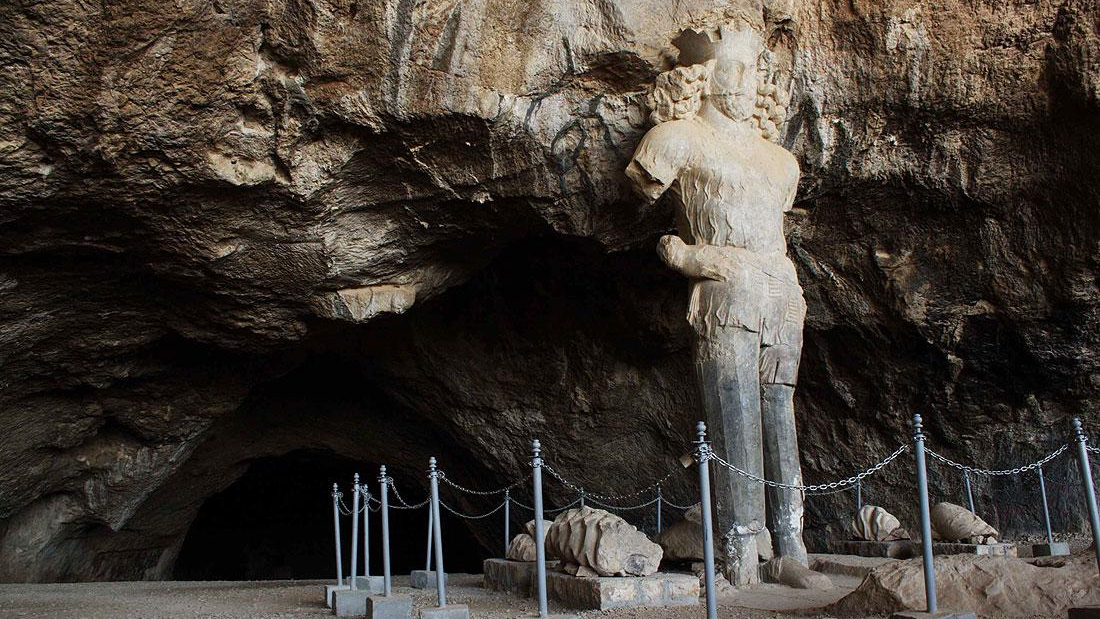
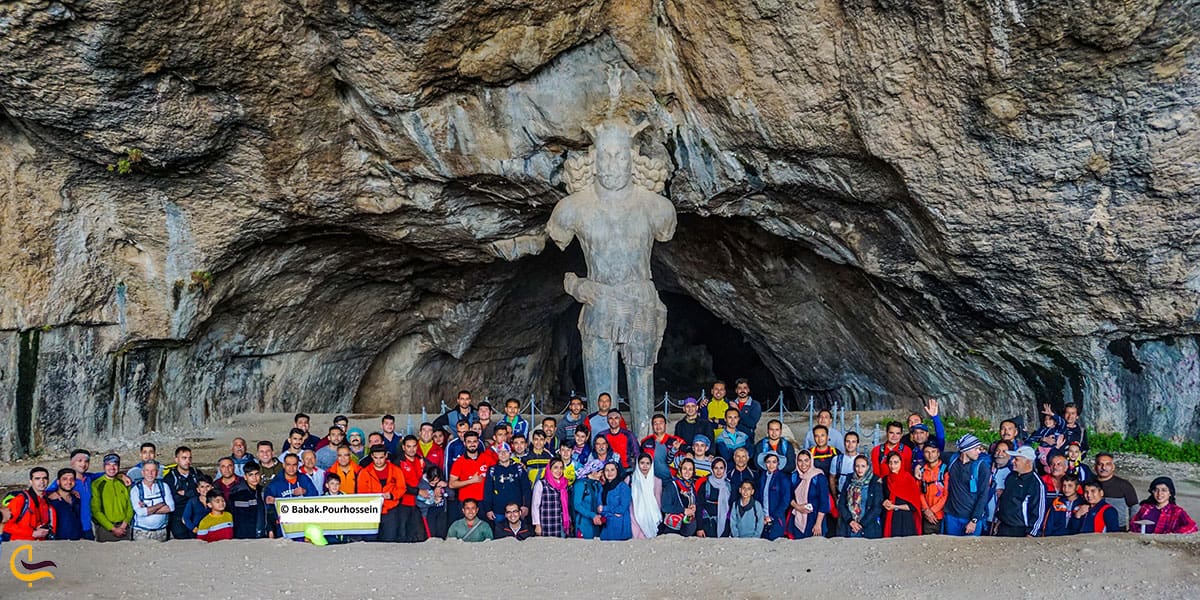
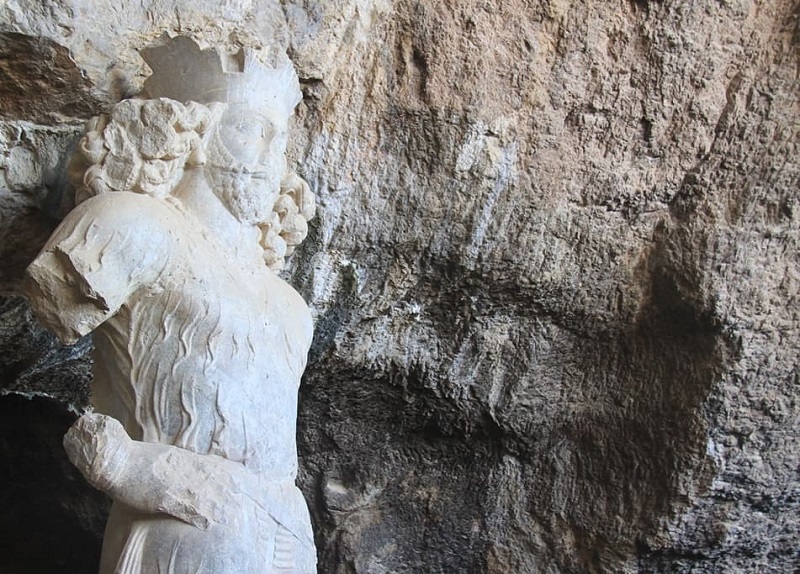
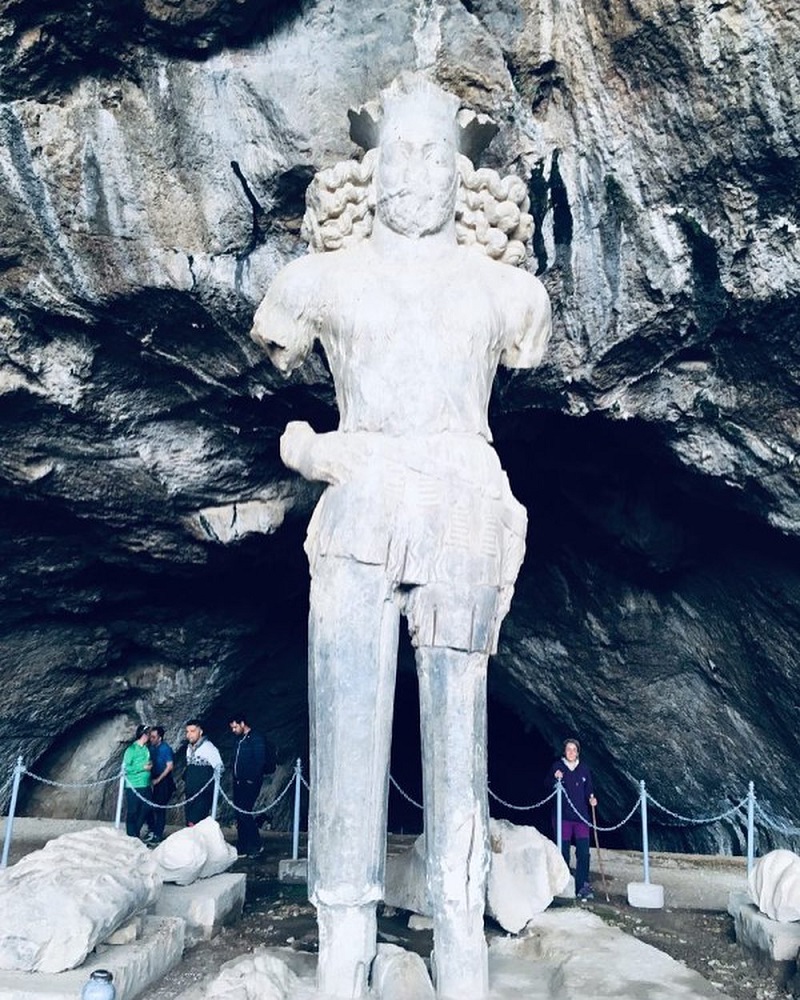




Choose blindless
Red blindless Green blindless Blue blindless Red hard to see Green hard to see Blue hard to see Monochrome Special MonochromeFont size change:
Change word spacing:
Change line height:
Change mouse type:
